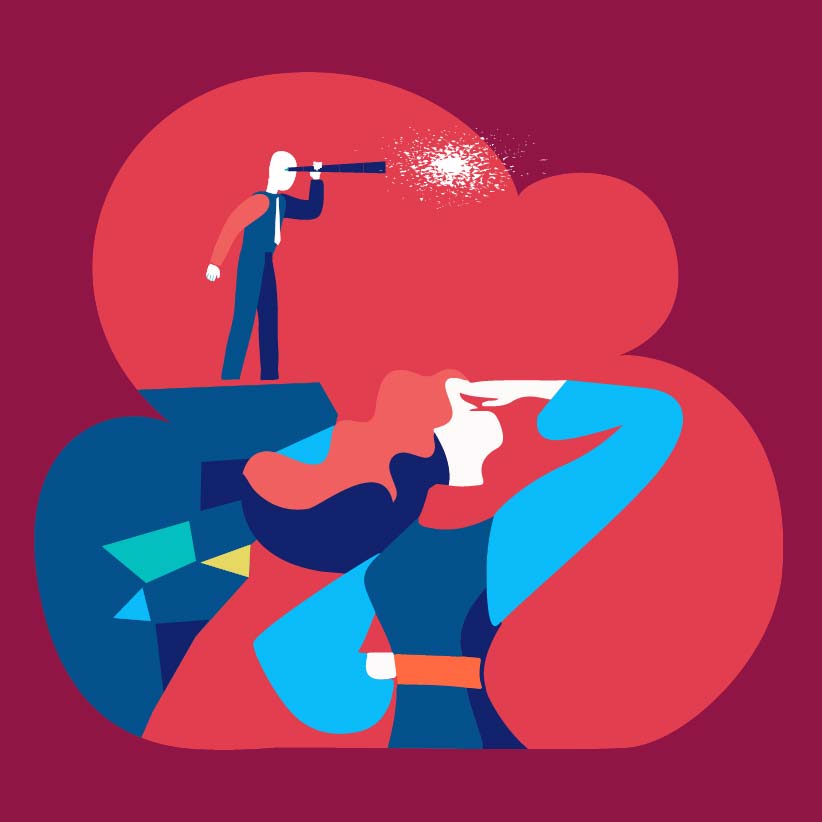User Experience: UX Design Principles and Methodologies
Discover what User Experience (UX) is and how its proper application in the design of digital products and services is key to user satisfaction.
In this guide you will find:
What is user experience?
User Experience (UX) is the overall perception and feelings a person has when interacting with a product, service, or system. It encompasses every touchpoint, from initial discovery to continued use and post-sale support. Good UX is not just about functionality or ease of use; it is a direct manifestation of the brand. The way a digital product behaves and responds to user needs is as crucial a component of branding as the visual identifier itself.
What are the components of user experience?
A comprehensive user experience is not monolithic; it is built from the orchestration of multiple interdependent components:
- Information Architecture: The logical organization and structuring of content to make it intuitive and easy to find.
- Interaction Design (IxD): The definition of how the system responds to user actions, focusing on the flow and efficiency of tasks.
- Interface Design (UI): The visual and tangible layer with which the user interacts. Its function is to make the interaction clear, predictable, and aesthetically consistent with the brand.
- Usability: The degree to which a product can be used by specific users to achieve specific goals with effectiveness, efficiency, and satisfaction.
- Content: The relevance, clarity, and tone of the information presented. Content is not filler; it is the substance of the experience.
- Accessibility (a11y): The inclusive design that ensures the product can be used by people with diverse abilities and disabilities.
What is the methodological process of UX design?
Designing an effective user experience is not an act of inspiration, but the result of a methodological and cyclical process:
- User research: This is the foundational phase. Qualitative and quantitative techniques are used to deeply understand users' needs, motivations, and contexts.
- Analysis and synthesis: The collected information is analyzed to identify patterns, define "personas" (user archetypes), and map "user journeys."
- Ideation and design: Solutions to the identified problems are generated. This includes creating flows, wireframes, and, finally, prototypes of varying fidelity.
- Testing and evaluation: Prototypes are tested with real users to validate design hypotheses, identify friction points, and gather feedback.
- Iteration: Based on the test results, the design is refined and improved. This "design-test-iterate" cycle is the heart of the UX process.
What are the most common myths in UX?
The popularization of the term UX has brought with it a series of simplifications and misunderstandings that often harm projects. It is crucial to debunk some of the most widespread ones:
- "UX is the same as UI": This is the most common mistake. UI (User Interface) is just one of the components of UX. A beautiful but useless interface is a UX failure.
- "The user is always right": User feedback is fundamental data, but it is not a command. The designer must interpret the underlying needs, not blindly implement every suggestion. As the saying goes, "If Henry Ford had asked his customers what they wanted, they would have said 'a faster horse'."
- "UX is just an initial phase of the project": The user experience does not end at launch. It is a continuous process of monitoring, data analysis, and iterative improvement based on real user behavior.
What is the difference between UX and UI?
Although often confused, UX and UI are two distinct yet complementary disciplines. In short:
- UX Design (User Experience) is the process of making a product functional, useful, and enjoyable to use. It focuses on the logic, structure, and user journey. It answers the question: How does it work?
- UI Design (User Interface) is the visual materialization of that experience. It focuses on the graphical elements: buttons, typography, colors, and layout. It answers the question: How does it look and feel?
A common analogy is that of a restaurant: UX is the entire service (from the ease of making a reservation to the waiter's attention and the logic of the menu), while UI is the decor, the tableware, and the presentation of the dishes.


